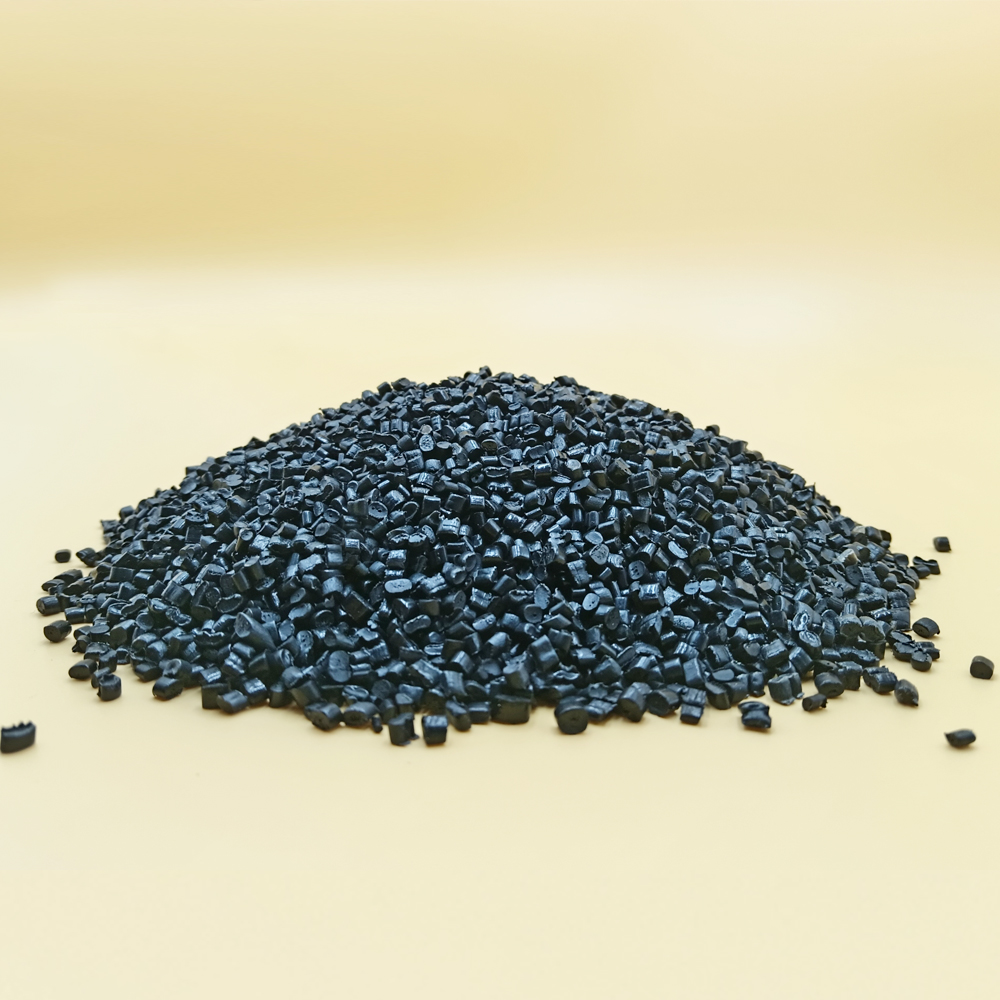Table of Contents
Rut Stabilizer Additive
Road use Rut Stabilizer additive Rutting Inhibitor additives for Asphalt
Asphalt roads are a crucial part of our transportation infrastructure, providing a smooth and durable surface for vehicles to travel on. However, over time, these roads can develop rutting, which is the formation of depressions or grooves in the surface. Rutting can be caused by a variety of factors, including heavy traffic, poor construction, and environmental conditions. To combat this issue, road engineers have developed rut stabilizer additives, also known as rutting inhibitor additives, that can be mixed into the asphalt to improve its resistance to rutting.
Rut stabilizer additives work by enhancing the properties of the asphalt mixture, making it more resistant to deformation under heavy loads. These additives typically consist of polymers, fibers, or other materials that help to bind the asphalt particles together and provide additional strength and stability. By incorporating rut stabilizer additives into the asphalt mix, road builders can create a more durable road surface that is less prone to rutting.
One of the key benefits of using rut stabilizer additives is that they can help to extend the lifespan of asphalt roads. By reducing the formation of ruts, these additives can prevent the need for costly repairs and maintenance, saving time and money in the long run. Additionally, rut stabilizer additives can improve the overall performance of the road, providing a smoother and safer driving experience for motorists.
In addition to improving the durability of asphalt roads, rut stabilizer additives can also help to reduce the environmental impact of road construction and maintenance. By minimizing the need for frequent repairs and resurfacing, these additives can help to conserve natural resources and reduce the amount of waste generated by road construction projects. This can have a positive impact on the Environment and contribute to sustainable development efforts.
When selecting a rut stabilizer additive for a road construction project, it is important to consider the specific requirements of the project, including the type of traffic expected, the climate conditions, and the desired lifespan of the road. Different types of additives may be more suitable for different applications, so it is important to consult with a qualified engineer or materials specialist to determine the best option for your project.
Overall, rut stabilizer additives are a valuable tool for improving the performance and longevity of asphalt roads. By incorporating these additives into the asphalt mix, road builders can create a more durable and sustainable road surface that is less prone to rutting and other forms of damage. With the use of rut stabilizer additives, we can ensure that our roads remain safe, smooth, and reliable for years to come.
Rutting Inhibitor Additives for Asphalt
Rutting is a common issue that plagues asphalt roads, especially in areas with high traffic volumes or heavy loads. This phenomenon occurs when the asphalt pavement becomes deformed and develops ruts or grooves due to repeated traffic loading. Rutting not only affects the smoothness of the road surface but also compromises its structural integrity, leading to premature deterioration and costly repairs.
To combat rutting, road authorities and pavement engineers have turned to the use of rutting inhibitor additives for asphalt. These additives are specially formulated materials that are mixed with the asphalt binder to improve its resistance to deformation under traffic loads. By enhancing the stiffness and elasticity of the asphalt mixture, rutting inhibitor additives help to minimize the formation of ruts and prolong the service life of the pavement.
One of the most commonly used rutting inhibitor additives for asphalt is rut stabilizer. Rut Stabilizers are chemical compounds that are designed to increase the stiffness of the asphalt binder, thereby reducing its susceptibility to permanent deformation. When added to the asphalt mixture, rut stabilizers form a network of interlocking molecules that provide greater resistance to the shearing forces exerted by passing vehicles. This helps to maintain the integrity of the road surface and prevent the formation of ruts.
Rut stabilizers are typically added to the asphalt binder during the mixing process, either at the asphalt plant or on-site during construction. The dosage of rut stabilizer required depends on various factors, including the traffic volume, climate conditions, and pavement design. Pavement engineers carefully evaluate these factors to determine the optimal dosage of rut stabilizer needed to achieve the desired level of rut resistance.
In addition to rut stabilizers, there are other types of rutting inhibitor additives that can be used to enhance the performance of asphalt pavements. These additives may include polymers, fibers, or mineral fillers that improve the cohesion and strength of the asphalt mixture. By incorporating these additives into the asphalt binder, pavement engineers can tailor the properties of the pavement to meet specific performance requirements and mitigate the effects of rutting.
The benefits of using rutting inhibitor additives for asphalt are numerous. By reducing the formation of ruts, these additives help to maintain a smooth and safe road surface for motorists. This not only improves driving comfort but also enhances road Safety by reducing the risk of accidents and vehicle damage. Furthermore, by extending the service life of the pavement, rutting inhibitor additives can help to reduce maintenance costs and prolong the intervals between major rehabilitation projects.
| Serial Number | Commodity Name |
| 1 | for Transportation Infrastructure Rutting inhibitor modifier |

In conclusion, rutting inhibitor additives play a crucial role in enhancing the performance and longevity of asphalt pavements. By improving the resistance of the asphalt binder to deformation, these additives help to mitigate the effects of rutting and preserve the integrity of the road surface. Pavement engineers continue to explore new technologies and materials to further enhance the effectiveness of rutting inhibitor additives and ensure the long-term sustainability of our road infrastructure.
